Lighting Low Ceilings: 12 Clever Ideas to Make Your Space Work Better
Need help with lighting low ceilings? Take a look at these 12 brilliant ideas and our expert advice for the best way of tackling this challenge
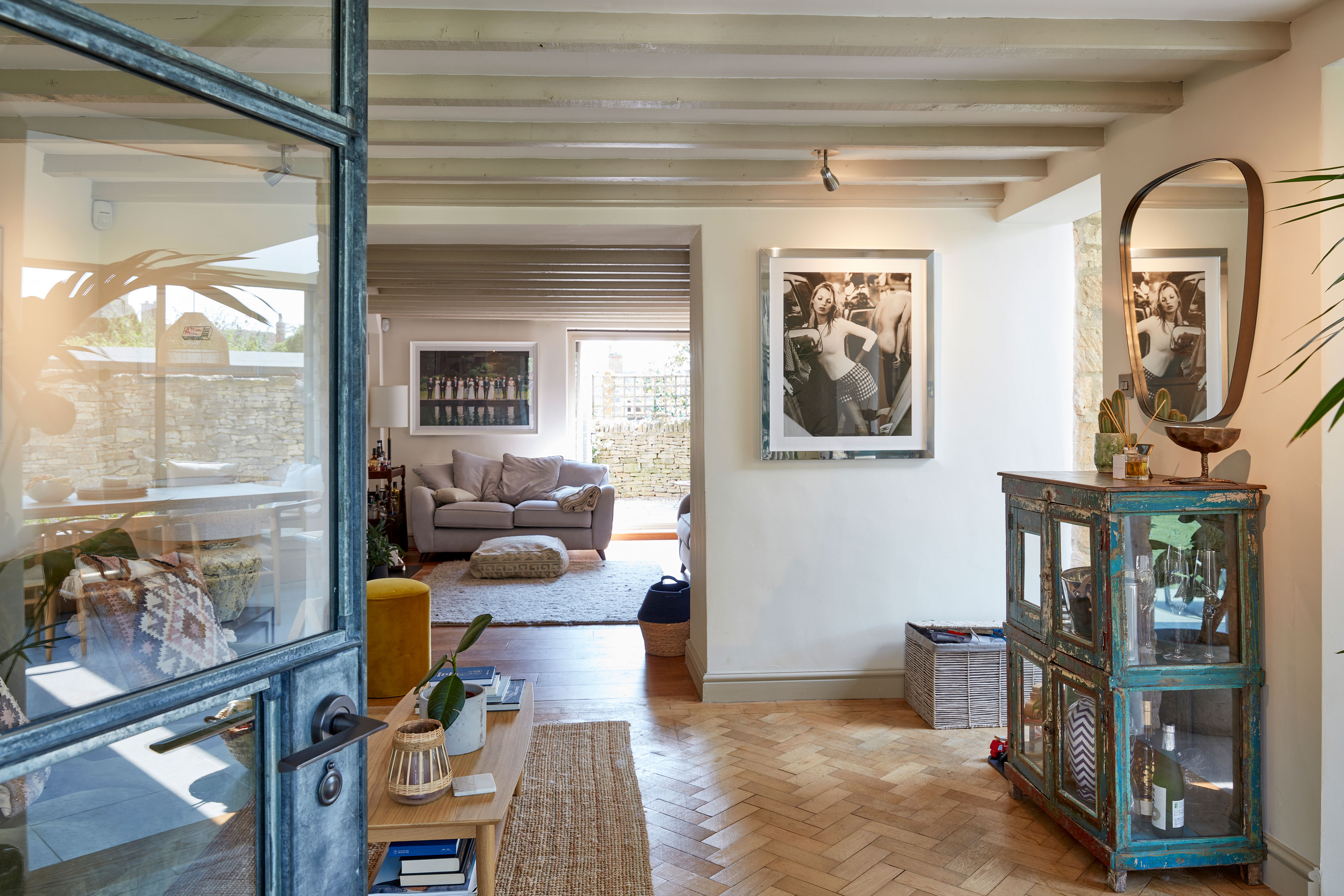
Lighting low ceilings comes with its own set of challenges. Without the head room to play around with, you can't rely on grand chandeliers and dramatically tiered pendant lights to make an impact in your lighting scheme.
However, that doesn't mean that lighting for low ceilings can't be effective. With a carefully considered lighting design, not only can these spaces feel cosy and intimate, but also employ visual tricks to make the space seem larger and the ceiling feel higher.
Here's 12 ideas for lighting rooms with low ceilings, and expert advice from lighting professionals on the best ways to use lighting in these challenging spaces.
Ideas for Lighting Low Ceilings
In general, lighting low ceilings relies much more heavily on additional lighting brought into the space at different heights to create an effective scheme. In these schemes, a combination of accent and task lighting can be used in combination to make up for a lack of overhead ambient lighting, overcompensating with a richer, more layered lighting scheme.
"When lighting a room with low ceilings, the trick is to aim for an even spread of light and avoid any dark corners or areas of high contrast," suggests Rohan Blacker, founder of lighting brand Pooky. "By using a variety of light sources, at different heights and levels, you can help to draw attention away from the ceiling and emphasise the wider space."
1. Be Smart When Using Ceiling Lights
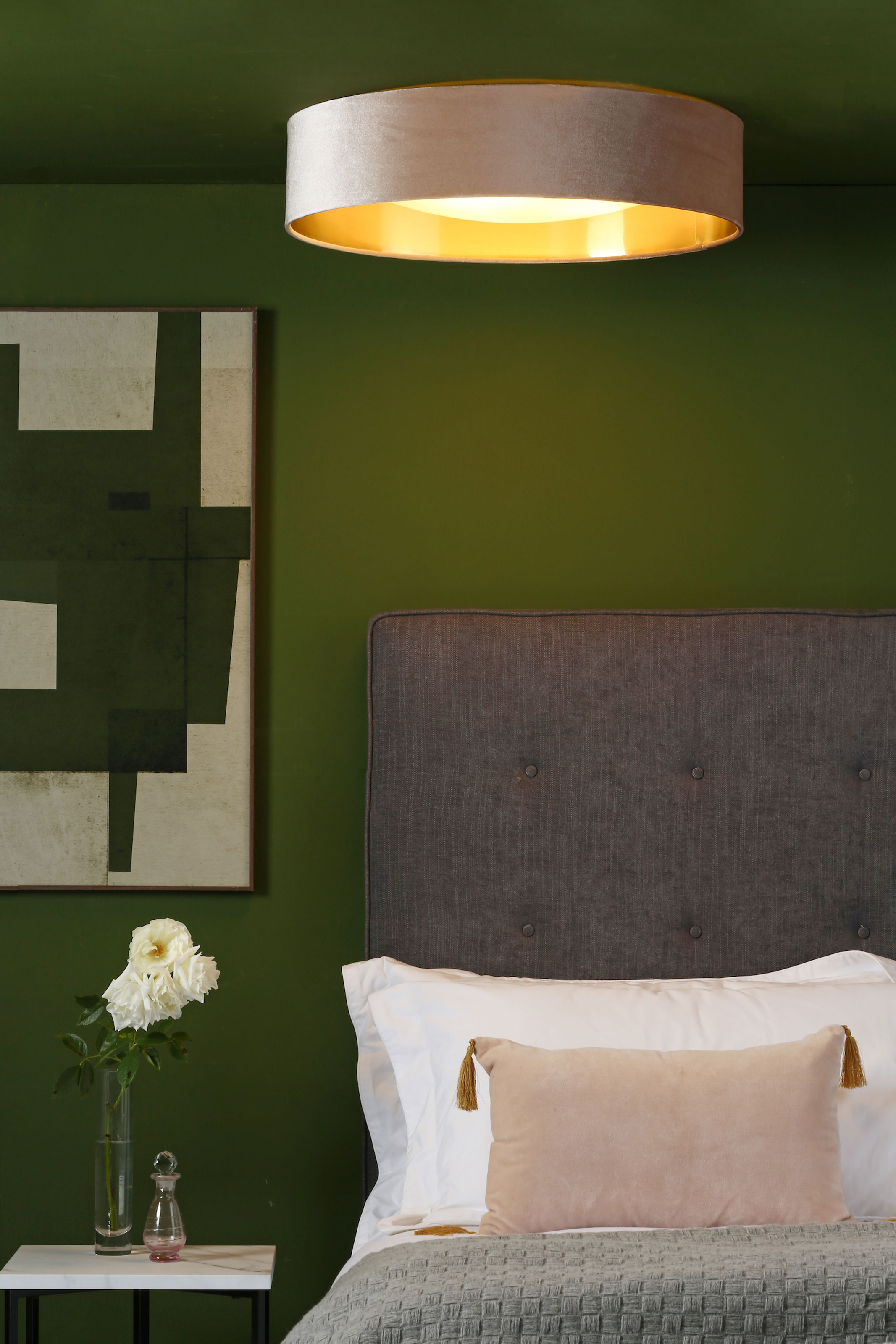
"If you have low ceilings it’s best to avoid large, low-hanging light fixtures," says Rohan. "Not only do they have the effect of bringing the ceiling down into the space and making the room look smaller, they’re also at risk of getting in the way (especially for any beanpoles in the household!)"
If you have ceiling light fittings, what are the alternatives for lighting low ceilings then? Flush lights are particularly effective in these types of rooms, as they not only don't take up much space, but cast a wide, diffused light across the space. Choose one without a shade that creates directional light if you want to get the best light levels from it.
Bring your dream home to life with expert advice, how to guides and design inspiration. Sign up for our newsletter and get two free tickets to a Homebuilding & Renovating Show near you.
2. Use Pendant Lighting Thoughtfully
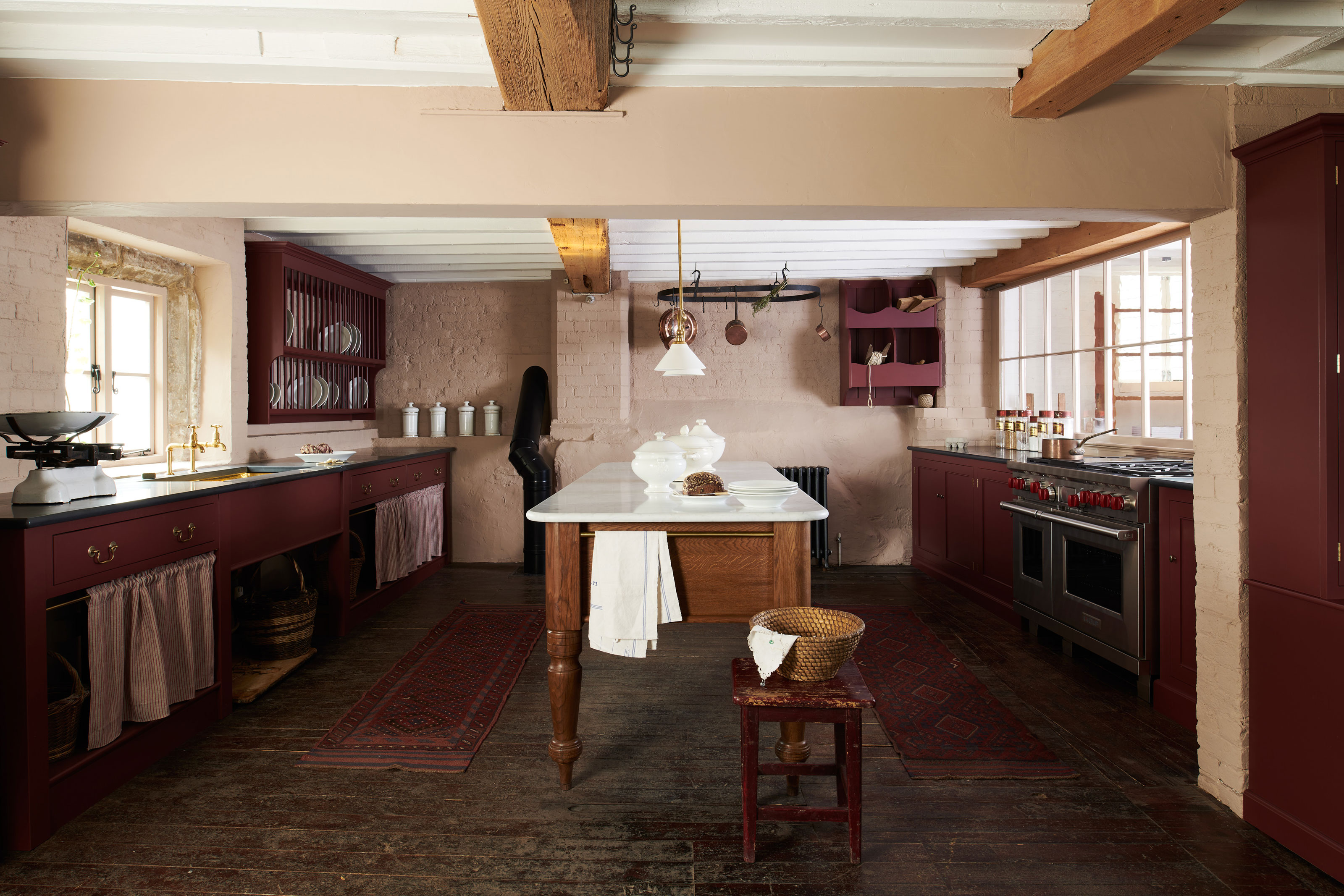
Unfortunately for those with low ceilings, pendant lighting also just happens to look really good. But does that mean you can't use it at all? Of course not, but you will need to be careful about where you do use it.
So what's the golden rule for clearance for a pendant light in walkways? "Keep the base 7’ from the floor," says Ben Marshall, Creative Director of Hudson Valley Lighting Group. For low ceilings, you can see where that could be an issue, as with rooms with 8 foot or lower ceilings, you'll find yourself with stumpy pendant with very little flex.
Pendant lights are still perfect to use over a table or kitchen island however, even in spaces with low ceilings. For this, you should aim to have the pendant light falling no lower than 75cm and no higher than 90cm above a table or island.
3. Get Clever With Downlights on Low Ceilings
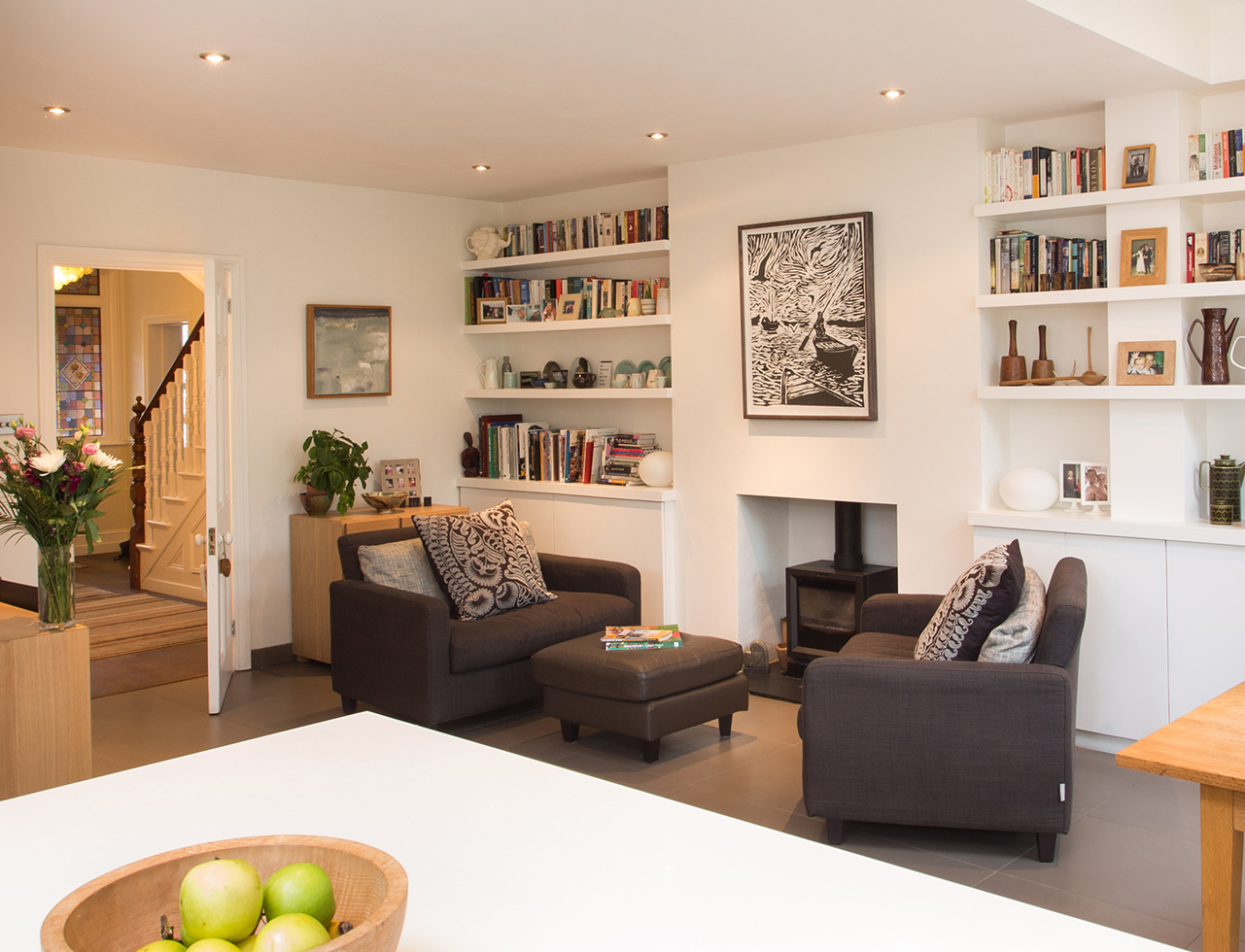
Downlights seem like the obvious answer for lighting low ceilings, but while they're great at ensuring there's plenty of light available, especially for dark, low-ceilinged rooms, they'll need support from the rest of your lighting scheme. Without additional wall lights or occasional lighting, you'll be subject to living with permanent harsh overhead lighting — hardly the most relaxing of lighting ambiences.
To help downlights be more versatile, installing them on a dimmer is a great lighting design idea, while using different circuits for different areas of a larger room can also be effective in giving you control over the overall brightness of the space.
4. Choose Wall Lights Over Pendants
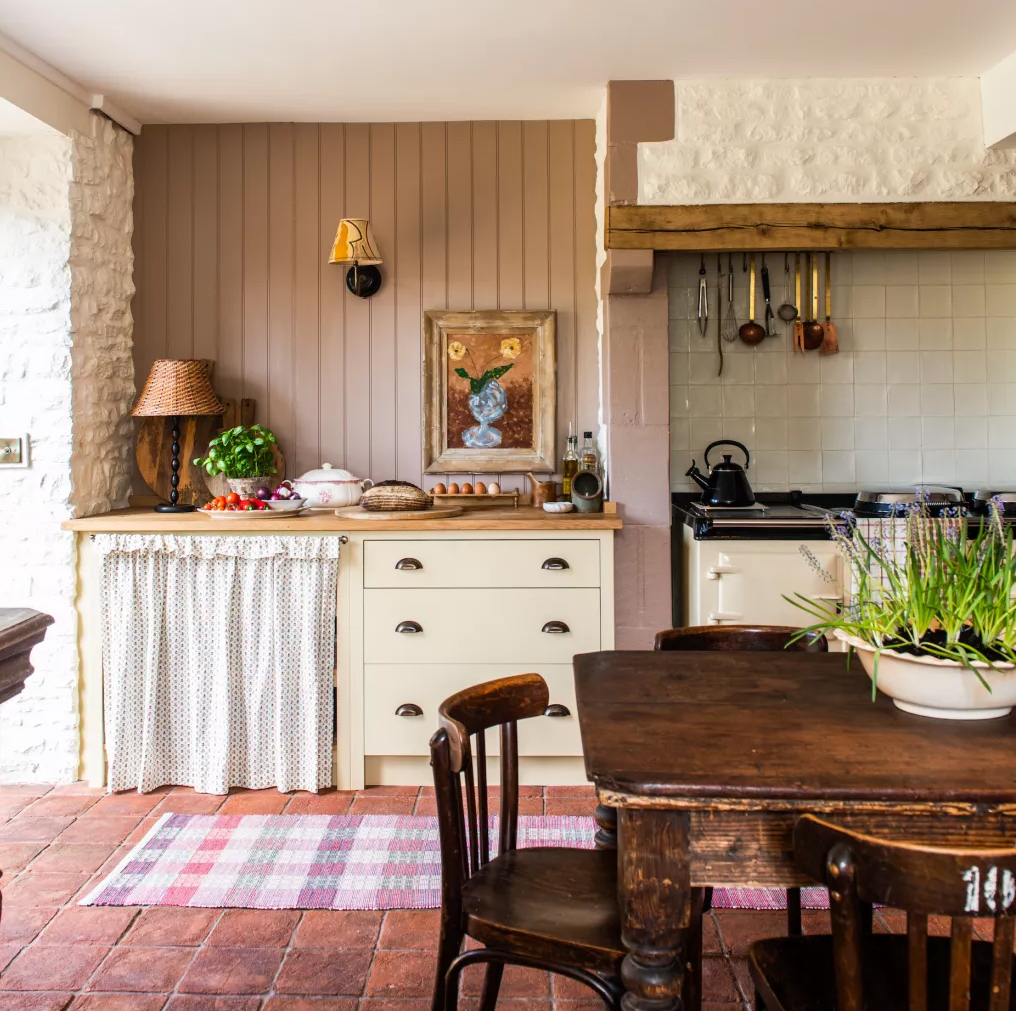
If you're removing a pendant light in to light low ceilings, it's relatively easy to swap this out for wall lights instead. These have the benefit of being out of the way and creating a reflected light off the ceiling that contribute more ambient light in a room with low ceilings that they would otherwise.
"Wall lights should normally be positioned around 5-5.5 feet (or 1.5-1.7 metres) above floor level, although this can vary depending on the exact height of the ceiling," suggests Rohan Blacker. "As a general rule of thumb you should aim for the top of the wall light to sit slightly above eye level, to avoid glare from the bulb."
You'll need to balance this practicality against how the wall lights actually look, as in a room with particularly low ceilings, such as a mezzanine, loft conversion or basement, this height might look strange.
5. Lean on Accent Lighting

Accent lighting is a particularly underused type of lighting, but for a room with low ceilings, they're a useful tool to have in your arsenal. Whether you choose spotlights or downlights, these types of accent lighting are relatively inconspicuous, so it's easy to add more of these into your space than, say, wall sconces or floor lamps, each creating their own pocket of light that add richness to the lighting scheme, without adding bulk to a low ceiling.
Accent lighting pointed to the ceiling not only helps to draw the eye up, but again can help to bounce light effectively around the space.
6. Light up Ceilings With Low Level Lighting
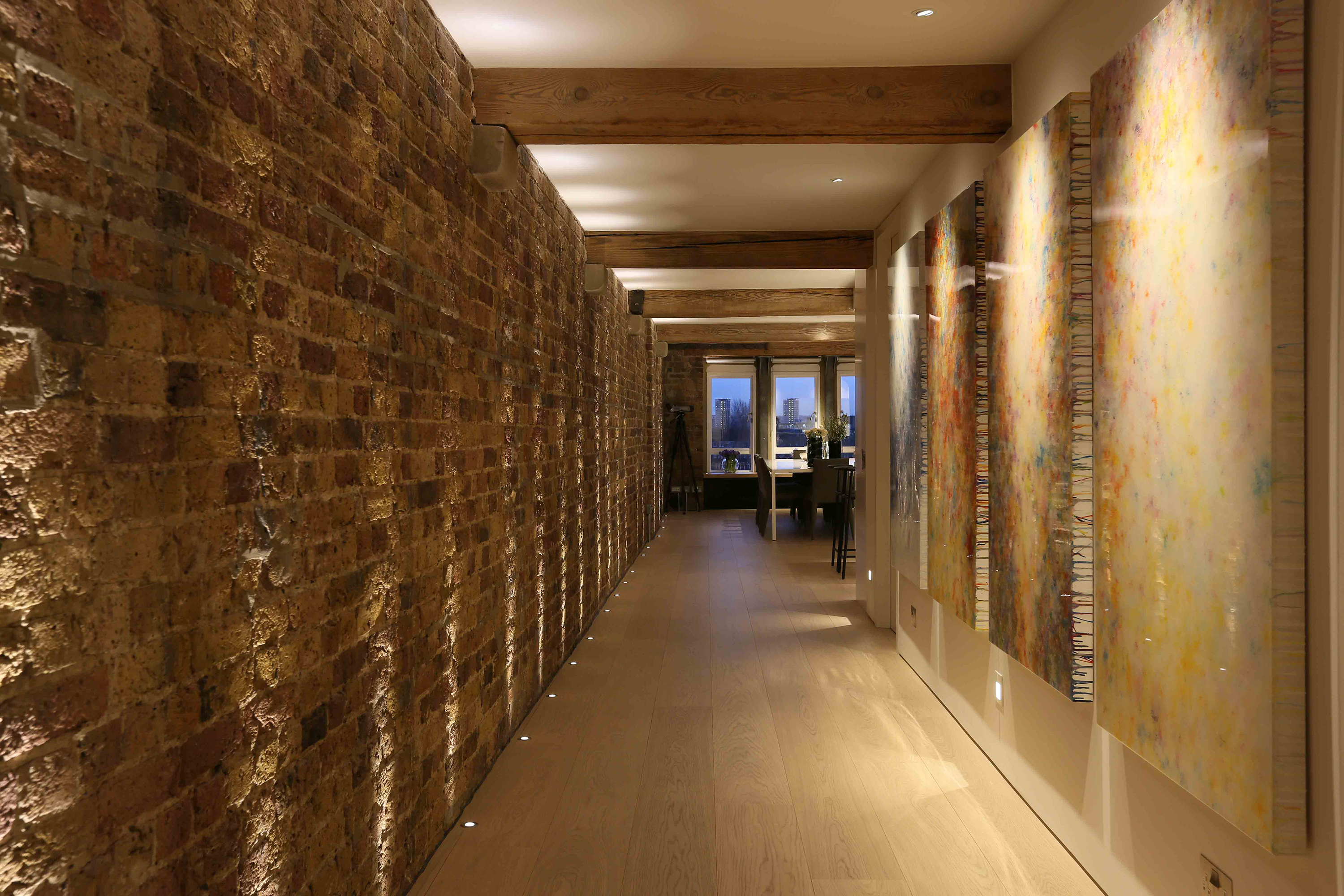
If you're struggling to make wall lights work to light low ceilings in a room, there are other options you can try.
“It can be difficult to position wall lights in low rooms,” echoes Sian Parsons, senior designer at John Cullen Lighting, “but uplighting to wash light off the ceiling and down back into the space can be super effective. Consider using floor recessed or plug-in spotlights to help.”
This is a particularly good hallway lighting idea for a narrow space where there might not be lots of room for wall lights or table lamps at even spacing through the hall.
7. Use Floor Lamps for High Level Lighting

When it comes to light sources at higher levels, floor lamps make a good substitute in rooms with low ceilings. Floor lamp tend to be smaller than you think they'd be, and shouldn't look disproportionate in the space, while offering some high level lighting that can be both ambient and task lighting.
For a low ceiling room, choose an open lampshade or diffusing orb style, rather than a directional floor lamp. This will help you to achieve that all important even-glow throughout the space and avoid dark spots behind the floor lamp.
8. Add Extra Table Lamps
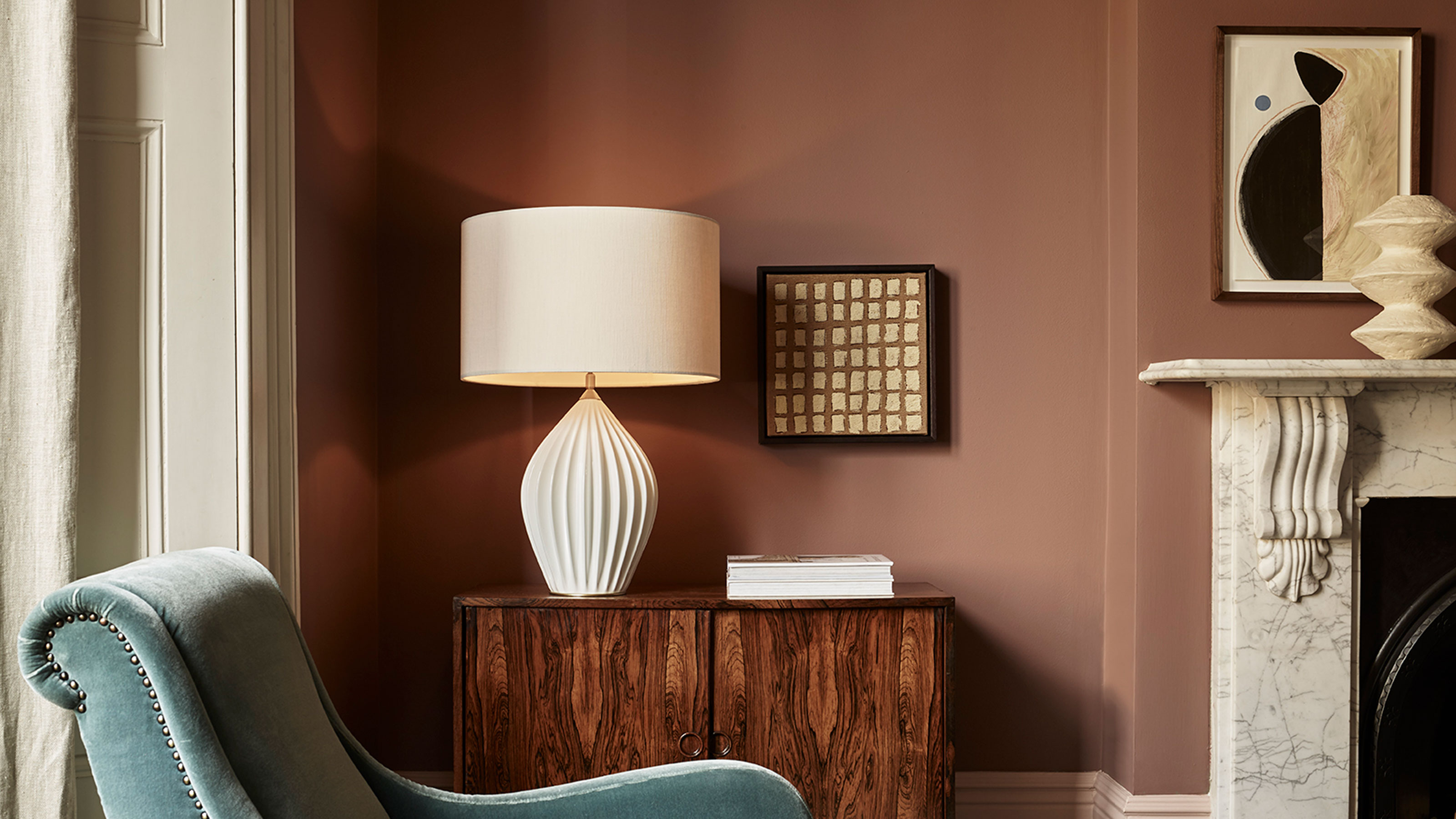
Table lamps can be a key part of any lighting scheme, but to light low ceilings, these types of low level lighting are even more important. While there are obvious locations for table lamps around the room, there's a growing number of modern, rechargeable cordless lamps that mean you don't need to be tethered by your sockets, and that you can add table lamps to the centre of a room.
To increase the amount of light reflected off the ceiling, choose an open shaded lamp. “Keeping lampshades in a light colour can maximise light output,” suggest Sian Parsons.
9. Try Dropped Pendants for a Clever Design Detail

Circling back to pendant lights, once again let's reiterate what an effective design feature they can be. However, you're not tied to using these in the middle of your room, and they can be used to create a light display even in rooms with very low ceilings.
Instead of using pendant lights as overhead lighting, consider dropping them lower over a side table, maybe a bedside table even, or sideboard in place of a traditional table or wall lamp. For an extra flourish, try a tiered pendant light, as in this living room lighting idea by architects Linea Studio.
10. Choose the Best of Both When Lighting Sloped Ceilings
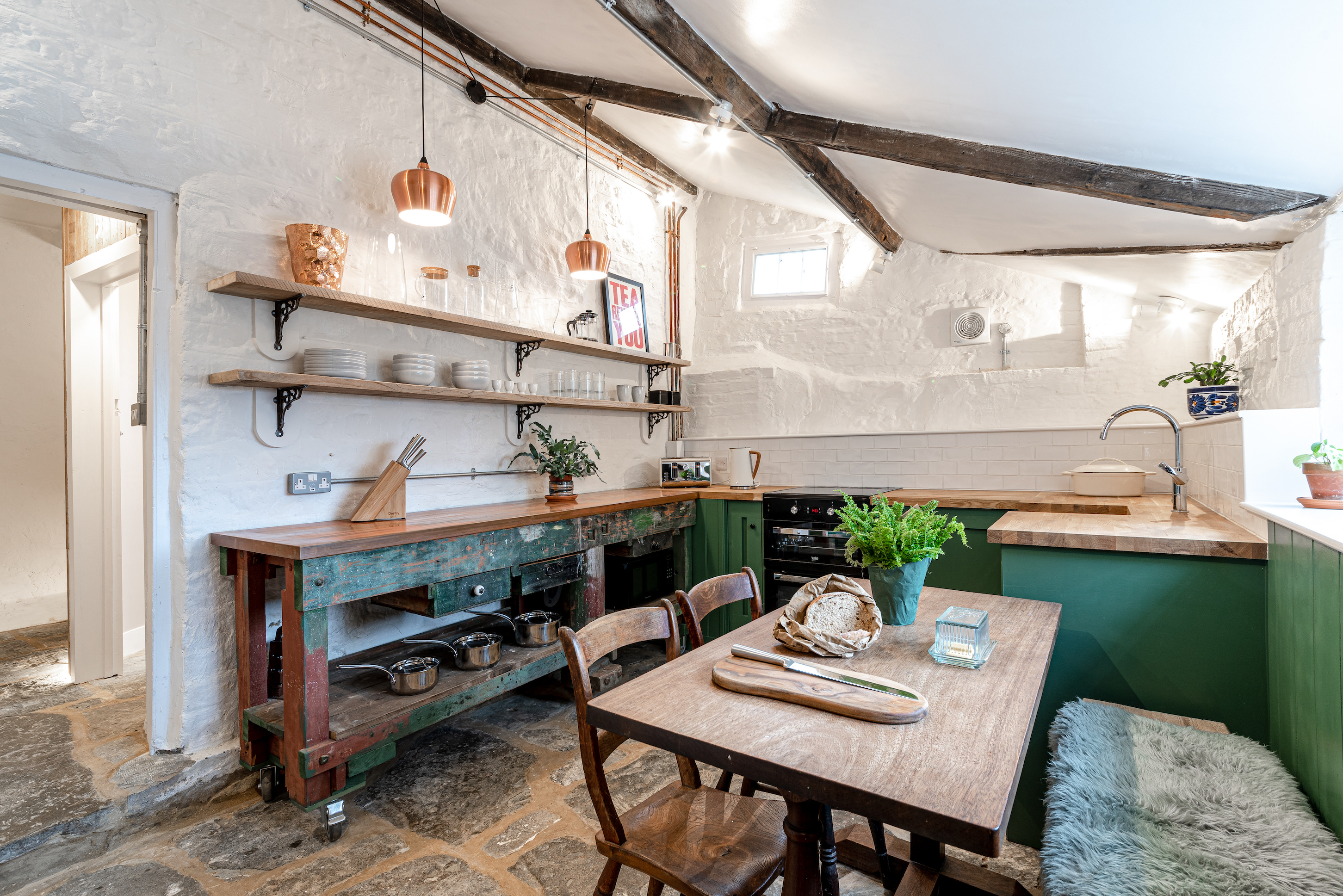
Lighting ideas for vaulted ceilings are challenging enough, but when you have a sloped ceiling, you lose out on some of those excellent options that a wide pitched roof allows for. You're liking to have some ceiling that's very high and some that's very low, but the good thing about hanging lights is that they hang straight down, no matter how much of a slope they're on!
Focus pendant lighting at the top end of your sloped roof, while cleverer lighting ideas, such as recessed lighting, can be a great option for the lowest points of your ceiling.
"If you have inherited the points at which your light is fitted and this doesn't correspond with where you want them to hang, using pendant lights with off-centre ceiling plates can be useful, as they allow you to use a ceiling hook to re-position where you want your pendant to drop," says Chris Jordan, MD at Christopher Wray.
11. Get Creative With Uplighting on Beams and Ceilings
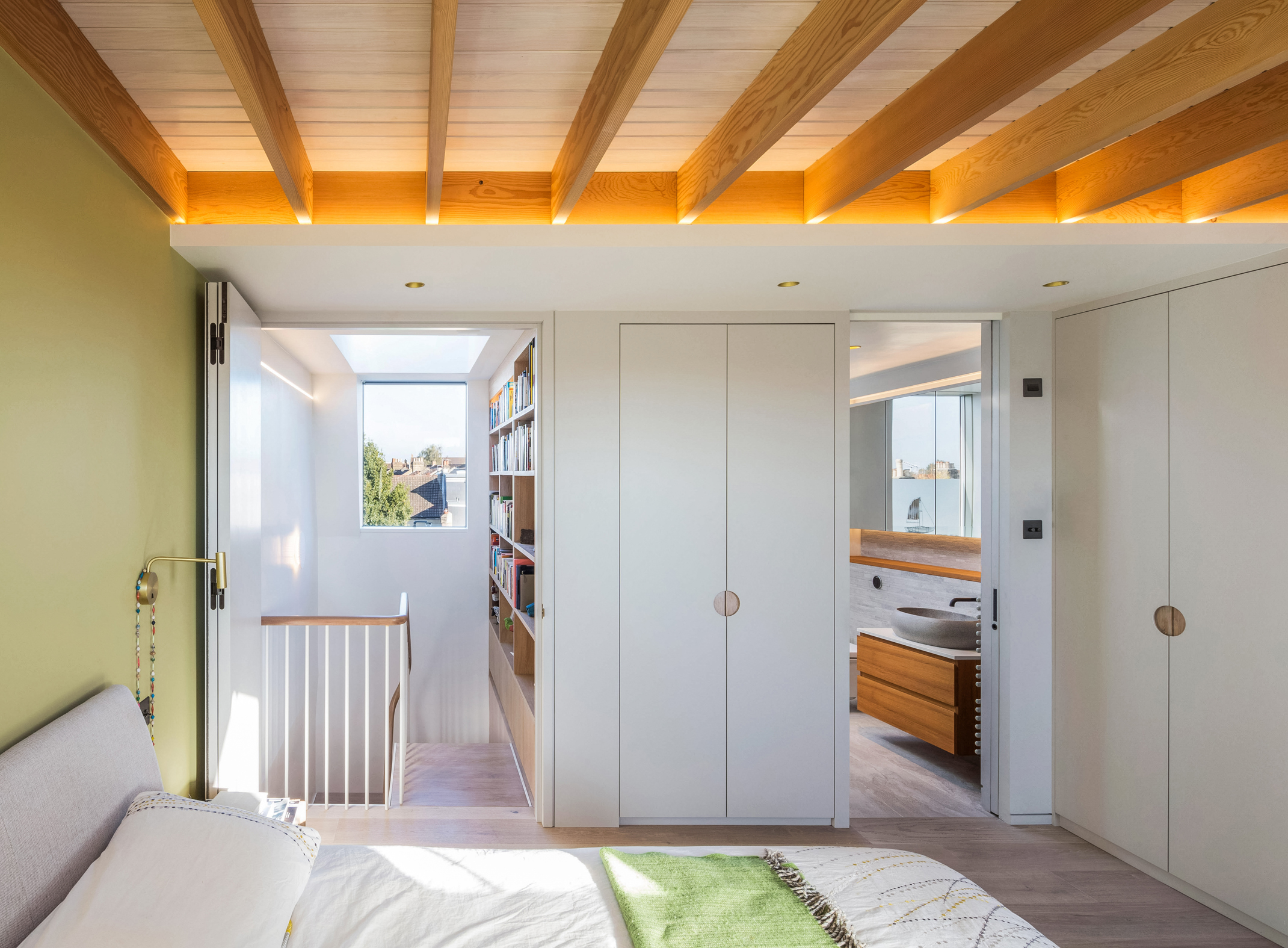
If your ceiling features beams, whether modern or old, consider adding lighting between them to boost light levels. Spotlights work well in these areas, sitting proud of the beams and ensuring light can spread across the space.
"Consider adding lighting to beams to uplight the void," suggest John Cullen Lighting's Sian Parsons. "Without illuminating this area, the room can potentially become dark and oppressing overhead. Hiding linear LED tape here is a wonderful solution as it's small and low maintenance.
12. Paint Your Room in a Light Colour

One way to keep a space with a low ceiling looking as light as possible is painting a ceiling and walls as reflective a colour as possible. “Matt white is simply the best to help boost the overall reflectance of the light sources you use," says Sian.
There are all sorts of clever tricks you can try to make your ceiling look higher, but ensuring they benefit your lighting scheme too will help the room be more usable at any time of day.
Hugh is editor of sister title Livingetc.com and former digital editor of homebuilding.co.uk. He has worked on a range of home, design and property magazines, including Grand Designs, Essential Kitchens, Bathrooms, Bedrooms and Good Homes. Hugh has developed a passion for modern architecture and green homes, and moonlights as an interior designer, having designed and managed projects ranging from single rooms to whole house renovations and large extensions. He's currently renovating his own Victorian terrace in Essex, DIYing as much of the work as possible. He's recently finished his kitchen renovation, which involved knocking through walls, and landscaping a courtyard garden, and is currently working on a bathroom renovation.

